TOP STORY
Protecting Utah
Utah’s Drowsy Driving Awareness Week
The third full week in August has been designated as Drowsy Driving Awareness Week in Utah, so we’ll be sharing information about the dangers of drowsy driving and how everyone can help prevent episodes of it.
Special thanks to Dr. Kristofer Mitchell from St. Mark’s Hospital for helping us make our Drowsy Driving Awareness Week videos.
DETAILED DATA
Get detailed data on drowsy driving in Utah in our crash report here: Drowsy Drivers
WHO
Younger drivers are most commonly involved in drowsy driving crashes in Utah.
Drivers aged 15-24 had the highest percent of drivers in crashes that were drowsy.
Drivers under age 30 years are involved in over half (55%) of drowsy driving crashes.
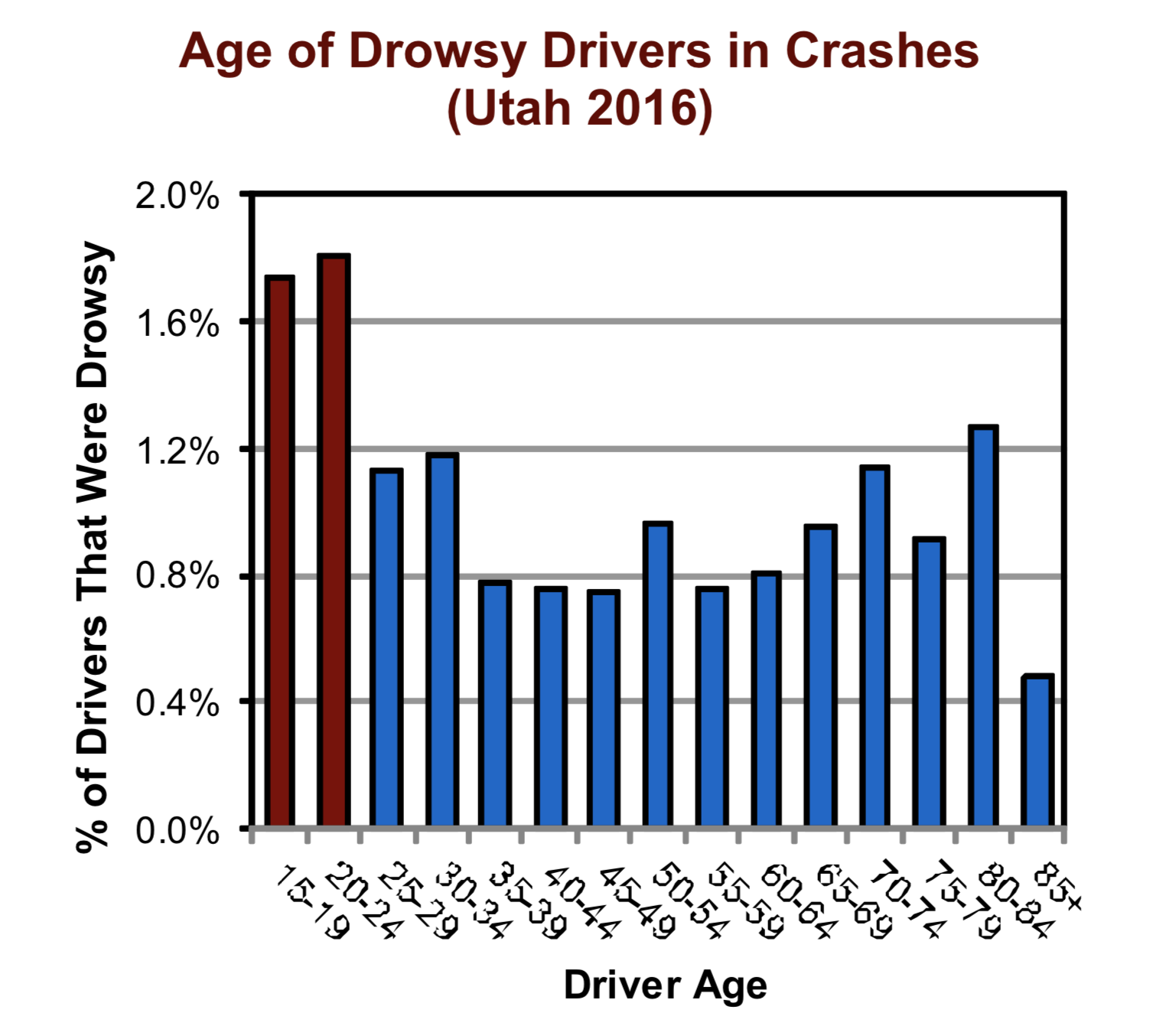
WHAT
Driving while you’re sleepy.
You might not realize it, but it has similar effects to driving drunk.
Don’t endanger yourself, your passengers or others on the road. If you feel sleepy, get off the road.
WHERE
Higher percent of crashes in rural areas.
Could indicate road trips – longer drives.
People trying to just drive through to their final destination.
Juab and Emery Counties had the highest percent of crashes involving drowsy drivers.
Rural crashes were 2.3 times more likely to involve a drowsy driver than urban crashes.
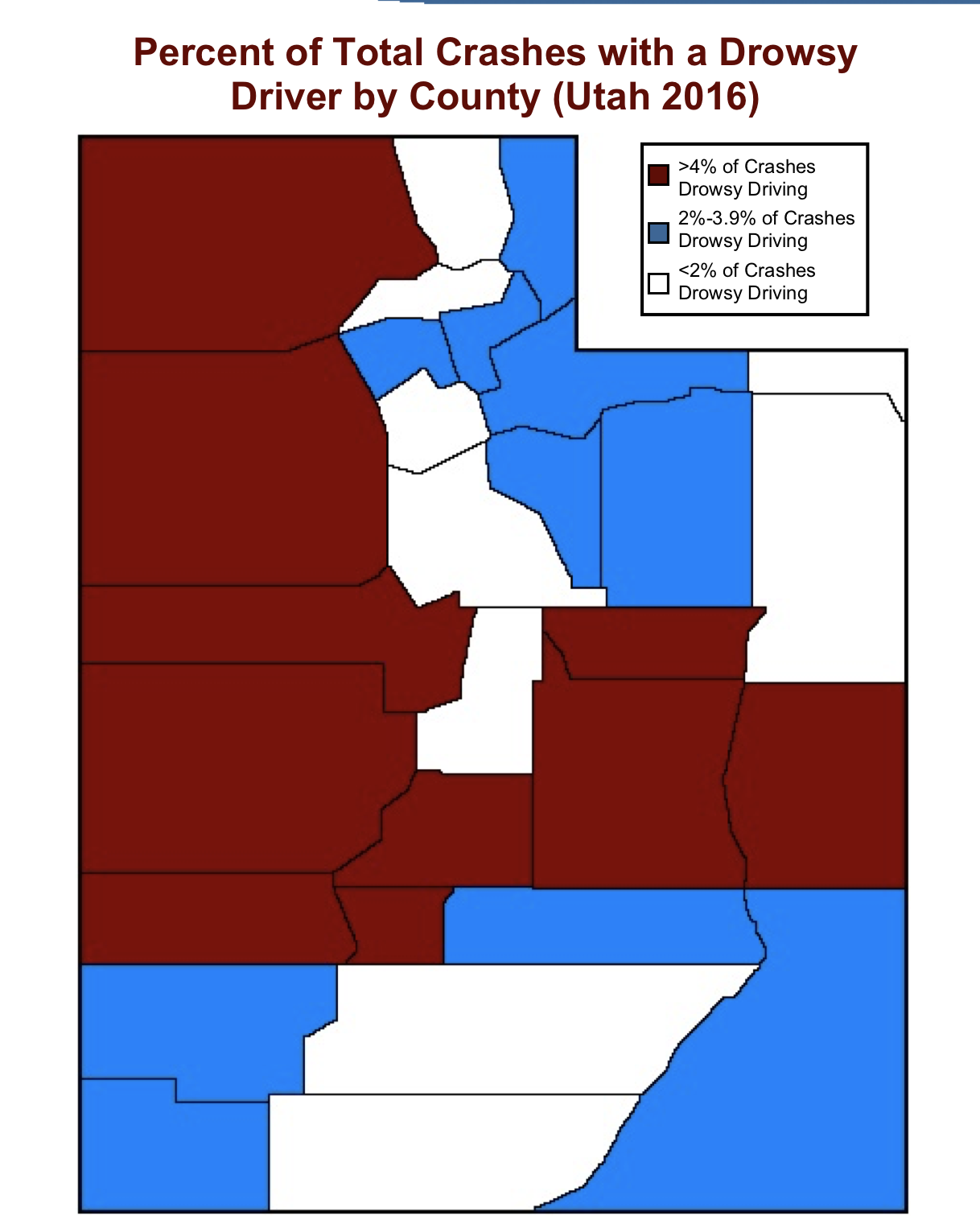
WHEN
Drowsy driving crashes occur year round, but more during summer months.
Again, could indicate long road trips.
While 2% of total crashes involved a drowsy driver, 9% of crashes occurring during the hours of midnight-5:59 a.m. involved a drowsy driver.

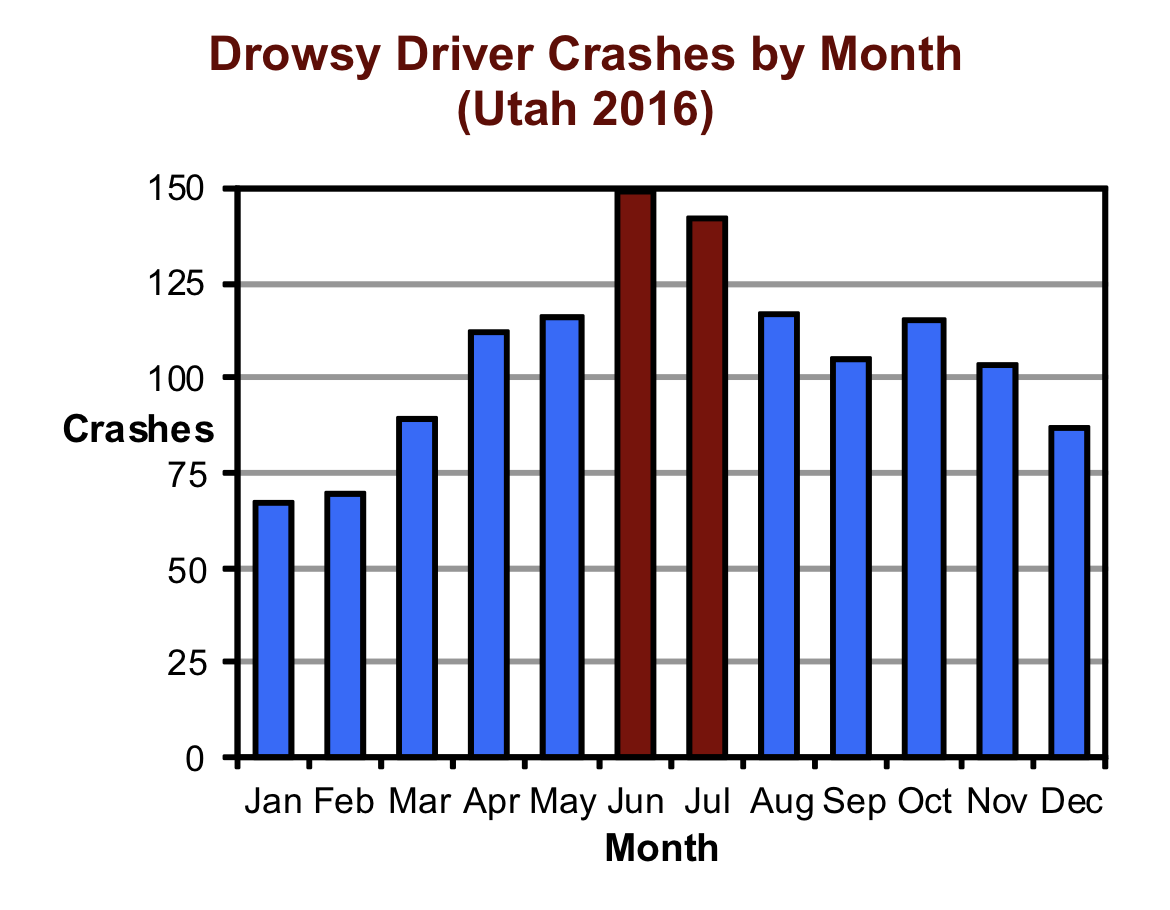
WHY
We aren’t getting enough sleep and that’s having negative effects on our lives – including our driving.
WATCH: a story “I fell asleep at the wheel, and it resulted in the death of my sister Maddie”
HOW CAN YOU PREVENT DROWSY DRIVING
Recognize the signs – in yourself or, if you’re a passenger, in the driver.
Don’t hesitate to get involved – recommend stopping for a break or offering to drive if you’re awake and alert.
Help the driver recognize that he/she is tired and that drowsy driving is dangerous.
Before you hit the road – follow these steps to help avoid drowsy driving:
On the road – if you get sleepy, follow these tips to help keep you safe:
SLEEP SMART. DRIVE SMART. ARRIVE ALIVE.
For more information about drowsy driving, visit
Zero Fatalities Drowsy Driving

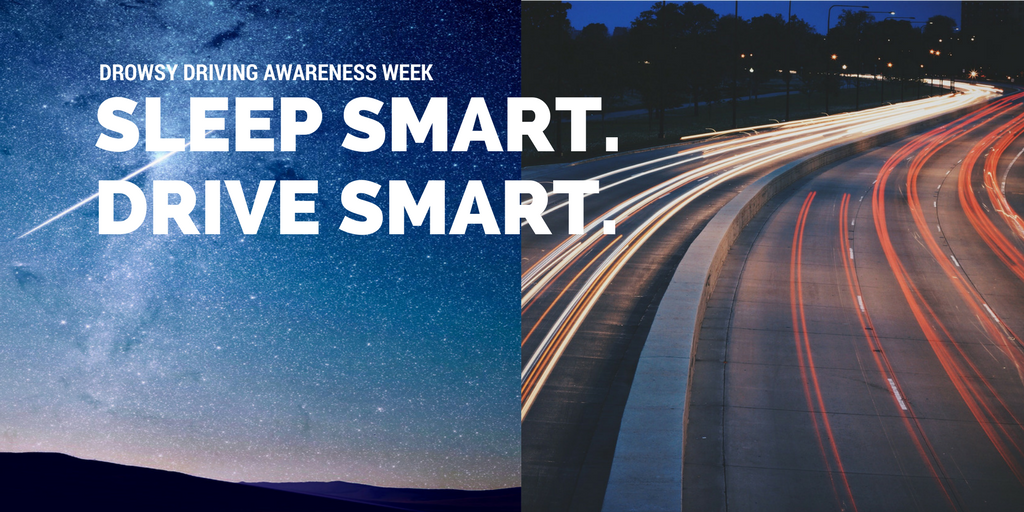
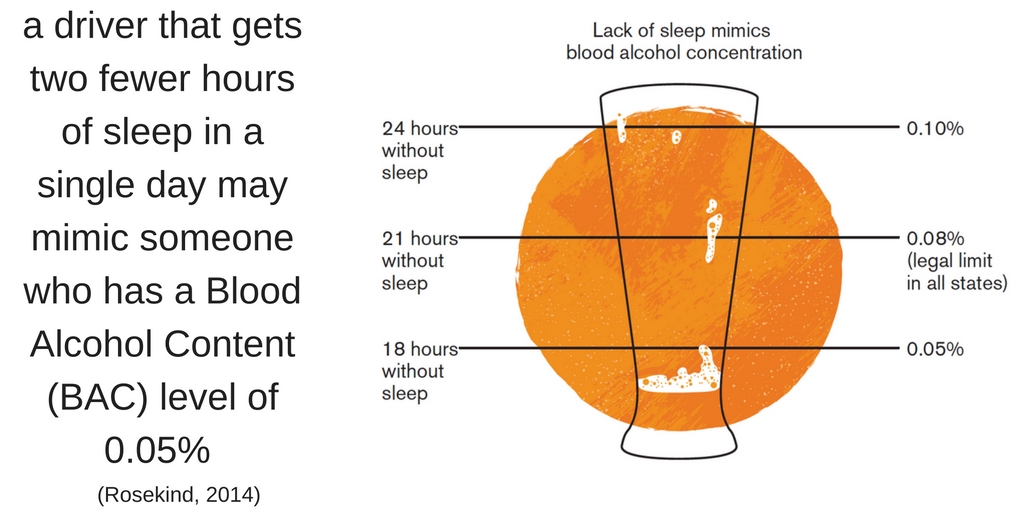
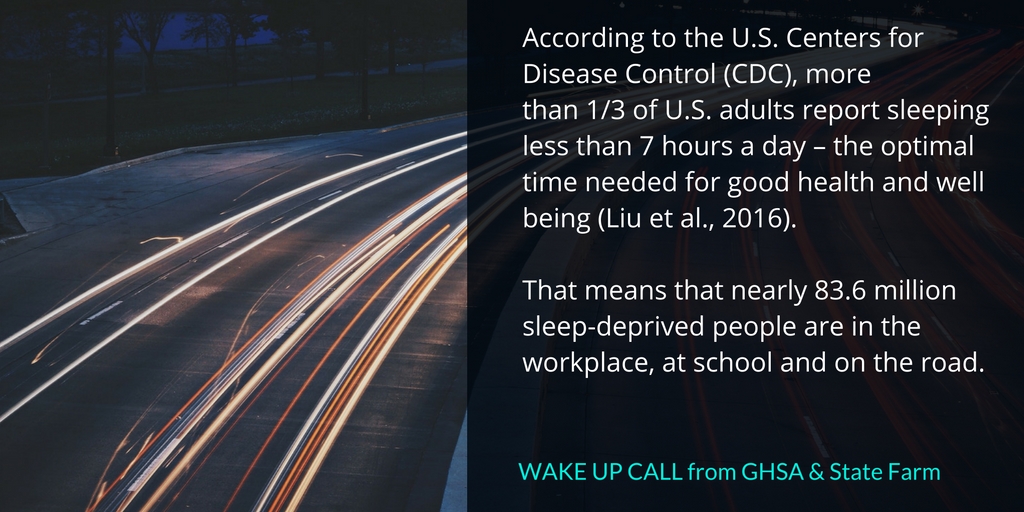
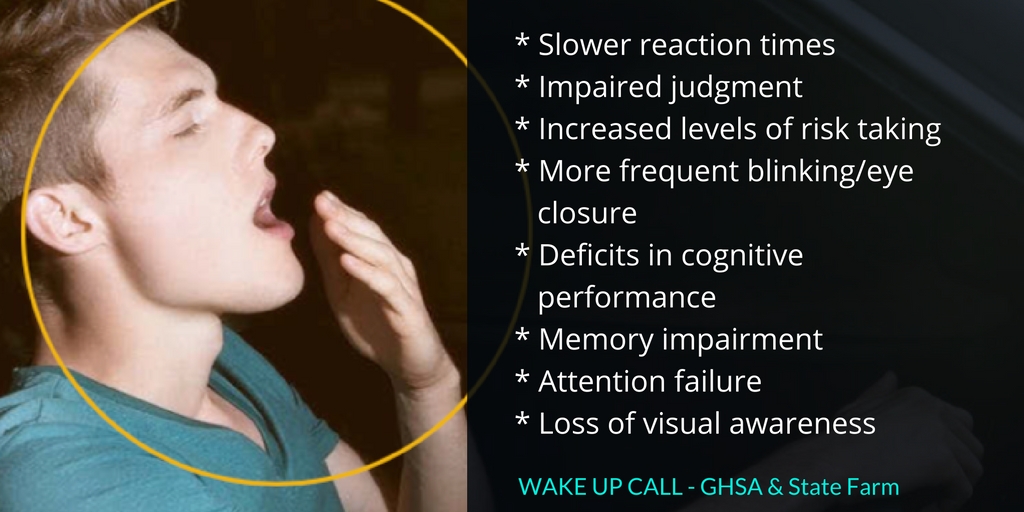
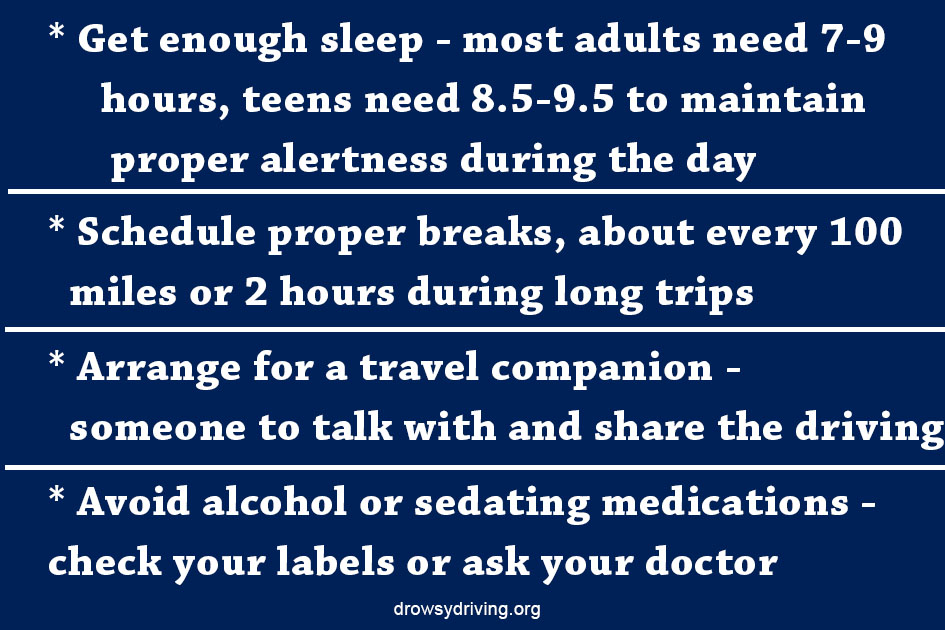
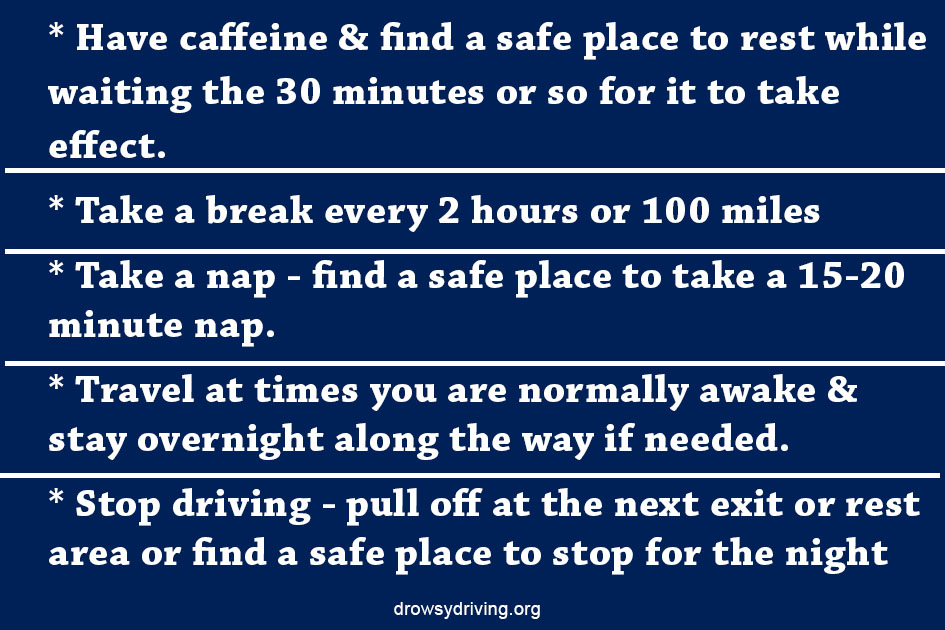
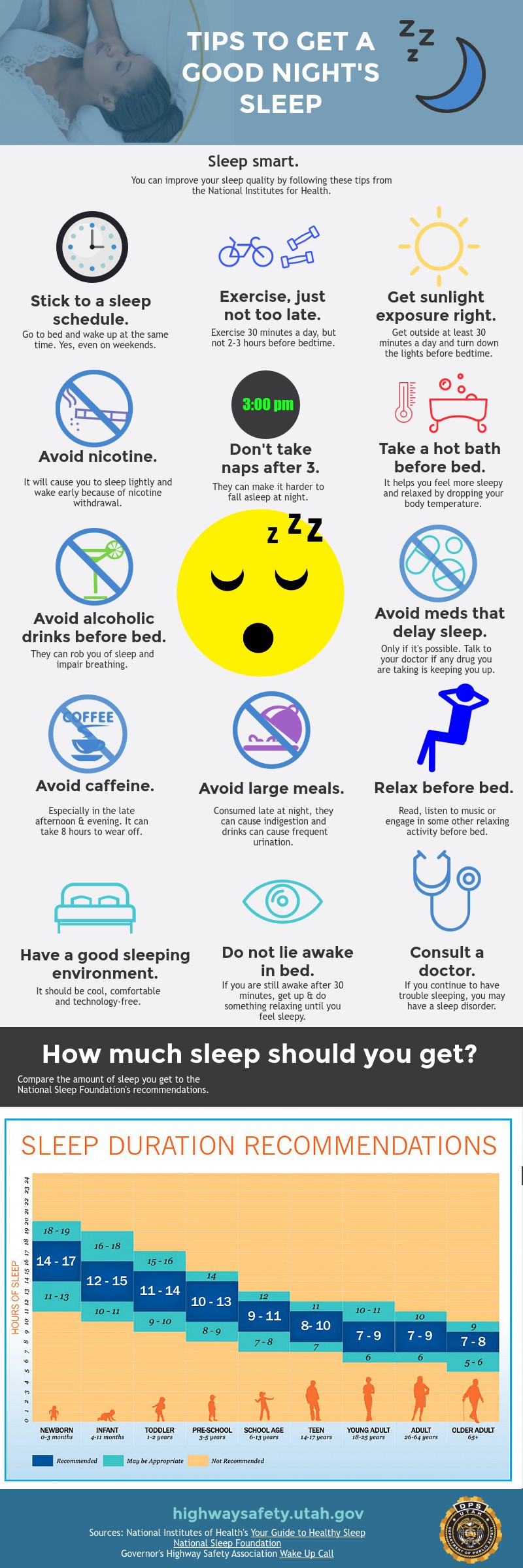

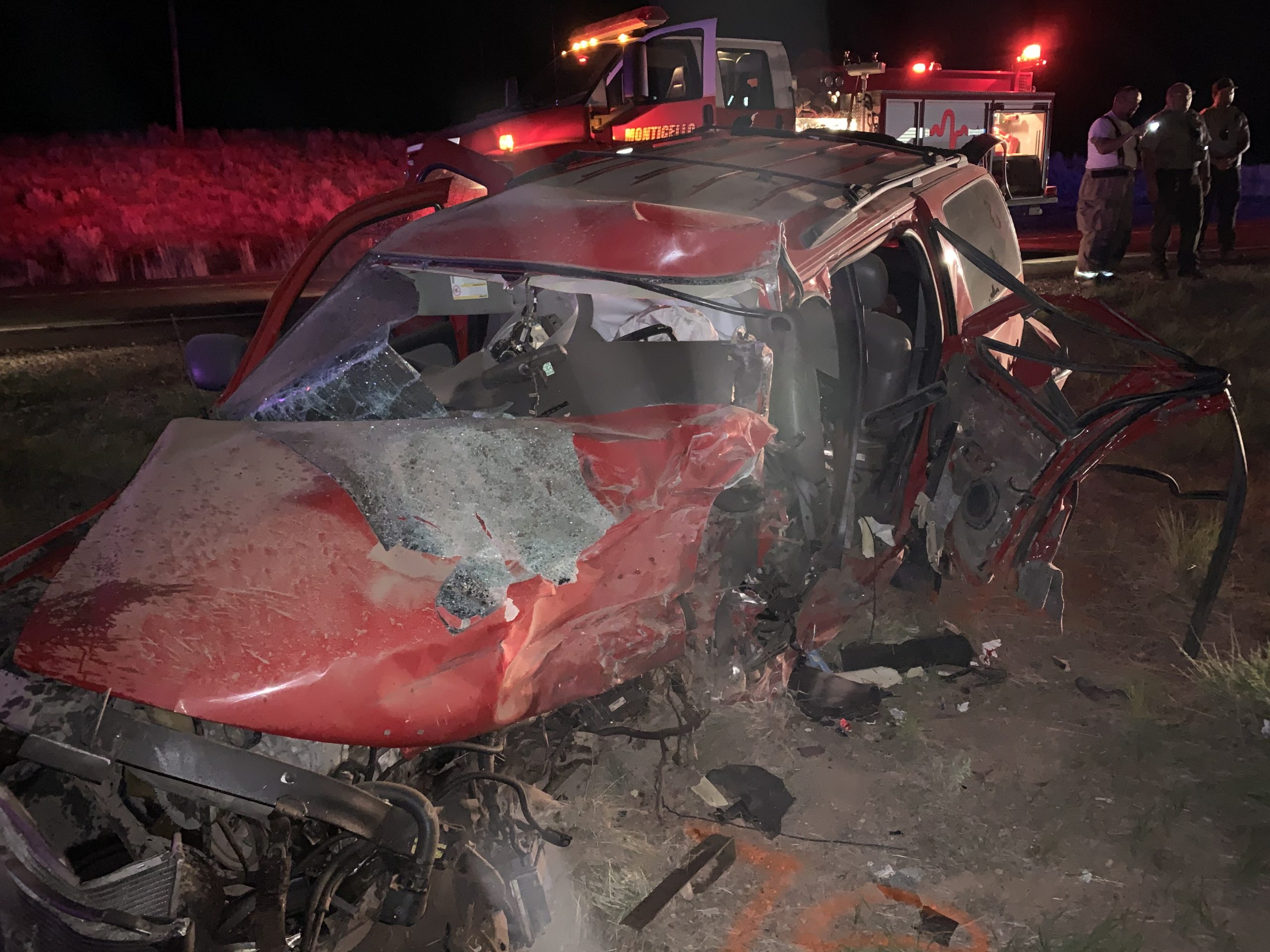


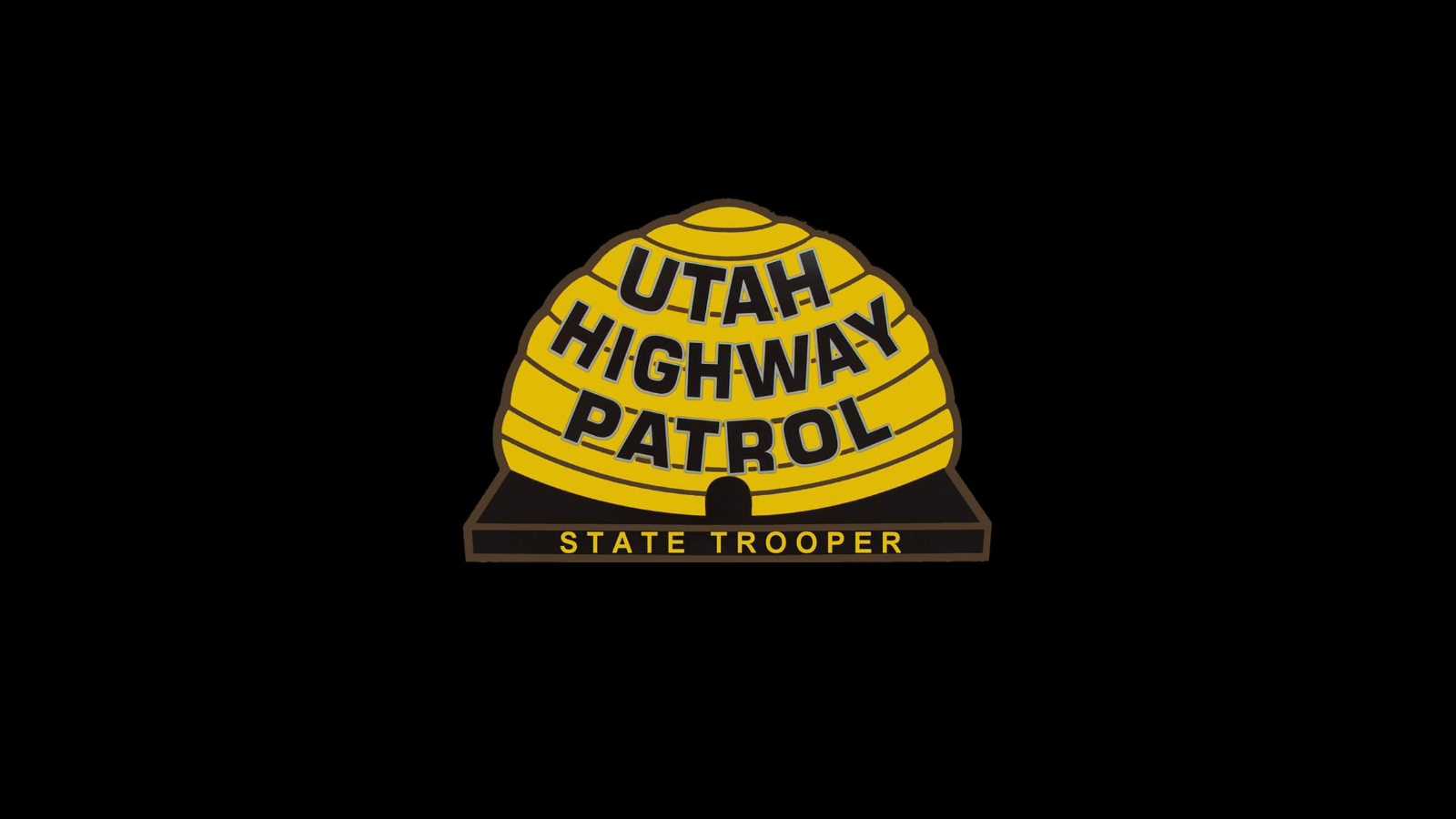
SHARE THIS STORY